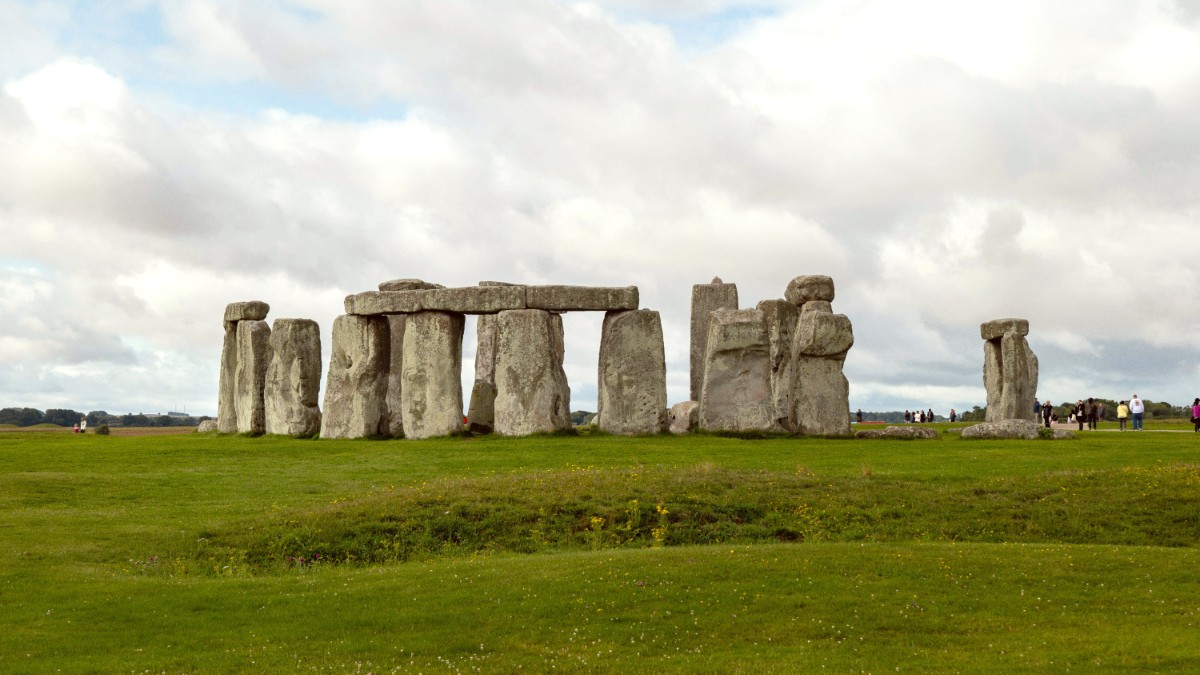
Southwest England, England
This prehistoric monument, older than the pyramids of Egypt, commands attention and ignites imagination. It is a journey back in time, a connection with people who lived thousands of years ago, people who moved immense stones with ingenuity and purpose. This guide presents practical advice, helping you navigate your journey to this famous World Heritage Site. Prepare for an unforgettable encounter with history.
Book tickets ahead of time, especially during busy periods.
Plan your visit carefully to make the most of your time here, ensuring you experience the monument and its surrounding landscape fully.
Imagine standing before stones that have witnessed millennia, absorbing the whispers of ancient winds and the echoes of forgotten rituals. Stonehenge invites contemplation. This arrangement of colossal sarsens and bluestones on the open Salisbury Plain sparks curiosity in everyone who sees it. For many, it presents the heart of England's ancient past, a place where history feels tangible, almost alive. The monument's true purpose remains a captivating enigma, fueling countless theories.
The experience of visiting Stonehenge reaches beyond merely seeing the stones. It involves sensing the scale of the human effort invested in its construction. People, with rudimentary tools, quarried stones weighing up to 50 tons, transported them many miles, and then raised them into their precise positions. This feat of engineering, accomplished without modern machinery, continues to puzzle and inspire architects, archaeologists, and everyday visitors alike. The sheer audacity of the project, combined with its mysterious execution, positions Stonehenge among humanity's most impressive achievements.
Charting the movements of celestial bodies, tracking seasons.
A place of interment for high-status individuals or wider community.
Drawing pilgrims to supposedly curative bluestones.
A focal point for rituals, ceremonies, and feasting.
Connecting to a deep past for a profound personal experience.
Your visit places you on paths where ancient people walked, standing in the presence of structures that have silently observed countless generations. The landscape around the stones, though now managed for visitors, retains a quiet power. On a misty morning, or bathed in the warm glow of late afternoon sun, the stones transform, taking on different personalities. They are storytellers, whispering tales of sun worship, ancestral reverence, and communal endeavor.
The journey to Stonehenge itself becomes part of the adventure. You travel through quintessential English countryside, passing rolling hills and picturesque villages. As the monument gradually appears on the horizon, a sense of anticipation builds.
This initial glimpse, often from a car window or bus seat, prepares you for the moment you step onto the site. You will find yourself drawn into a narrative spanning thousands of years, a narrative that continues to evolve with every new archaeological discovery. Prepare for the moment the stones appear, knowing you are about to witness something truly remarkable. Let the mystery unfold before you.
The monument's unique appeal draws millions, a silent testament to ancient ingenuity.
Stonehenge stands on the expansive, undulating chalk landscape of Salisbury Plain, an unique geographical feature in Wiltshire, Southwest England. This vast, open area, characterized by rolling hills and ancient earthworks, creates a dramatic setting for the monument. The plain stretches for many miles, with fields, scattered woodlands, and areas used for military training.
Its open nature means the monument faces exposure to the elements, adding to its stark beauty and ancient atmosphere. Visitors will find the air here often fresh and invigorating, sometimes brisk, reflecting the plain's open character.
Ancient burial mounds, known as barrows, dot the landscape, indicating a wider sacred or ceremonial area.
The River Avon flows nearby, a water source in ancient times, connecting the site to other prehistoric settlements.
Salisbury, the nearest city (10 miles south), Amesbury (2 miles east), provide visitor amenities.
The larger sarsen stones, those forming the outer circle and trilithons, are a type of sandstone found locally on the Salisbury Plain.
Creation of a circular ditch and bank (henge), and 56 Aubrey Holes for posts or burials.
Sarsen stones brought, arranged in a horseshoe of trilithons and an outer circle. Bluestones incorporated.
Construction extended over 1,500 years, involving multiple generations and prehistoric cultures.
Your visit connects you directly to this deep historical narrative, inviting you to imagine the lives of those who shaped this remarkable landscape thousands of years ago.
It displays insights into the beliefs, ingenuity, and way of life of ancient societies.
Its enduring presence today forms a tangible link to these ancient civilizations.